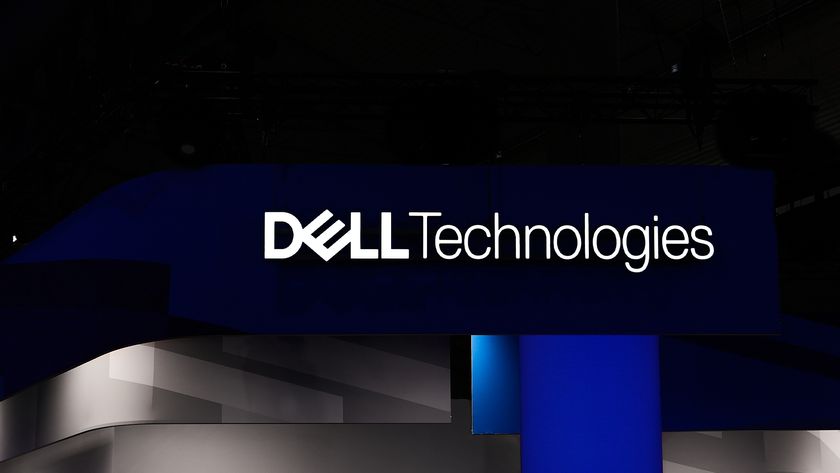Top 10 tips for green IT
We run down the top 10 ways to cut energy use and green up your business technology.
There's a huge computing resource that almost all companies have, and few take full advantage of: user's desktops. Most of the day, these machines are barely idling checking email and writing documents barely taxes a modern processor, and there are times when they're not used at all.
Some companies are starting to make use of all those spare cycles, such as Dresdner Kleinwort.
"The cost of supercomputers isn't very economical and isn't very scalable," says David Doherty, one of the company's developers. "Every single computer in every office location is hooked up to the bank's network and has a small piece of software installed on it that allows it to communicate with the grid. This software does absolutely nothing until someone logs off their machine or the screensaver comes on while the employee goes out for a pub lunch. At this point, the grid sends it a bunch of files with an executable that is run on the machine."
9. Turn it off
Assuming you're not making use of desktop power during the night, those machines need to be switched off. Asking employees to turn off their desktops is one of the least effective ways of making this happen people forget, or are too lazy to do it.
One way around this is to force it. Set all machines to power down unless active at a certain time in the evening, or by using automatic remote shutdown tools.
The Government itself is thinking of doing this and expects to save 10 million a year in energy costs.
Get the ITPro. daily newsletter
Sign up today and you will receive a free copy of our Focus Report 2025 - the leading guidance on AI, cybersecurity and other IT challenges as per 700+ senior executives
10. Think holistically
The final thing that companies should do to save power is think on a holistic level, and investigate unusual ways to save energy.
HP recently spent time redesigning a desktop case, which involved an initial outlay in research and design and retooling overheads. However, within a month, the more efficient design saved the equivalent of the Eiffel Tower in steel.
It's important that companies approach reducing the environmental impact of their operations on a wider scale - providing home desktops and broadband connections for employees may seem like an expensive overhead, but could yield huge savings in real estate rental and utility charges, not to mention reducing the carbon footprint of each employee by reducing their need to travel.
The answer to the issue may not be an obvious one, but every company needs to find it.

What are digital natives and are they the future of tech?

How today’s five-year-old children will shape tomorrow’s IT workers















